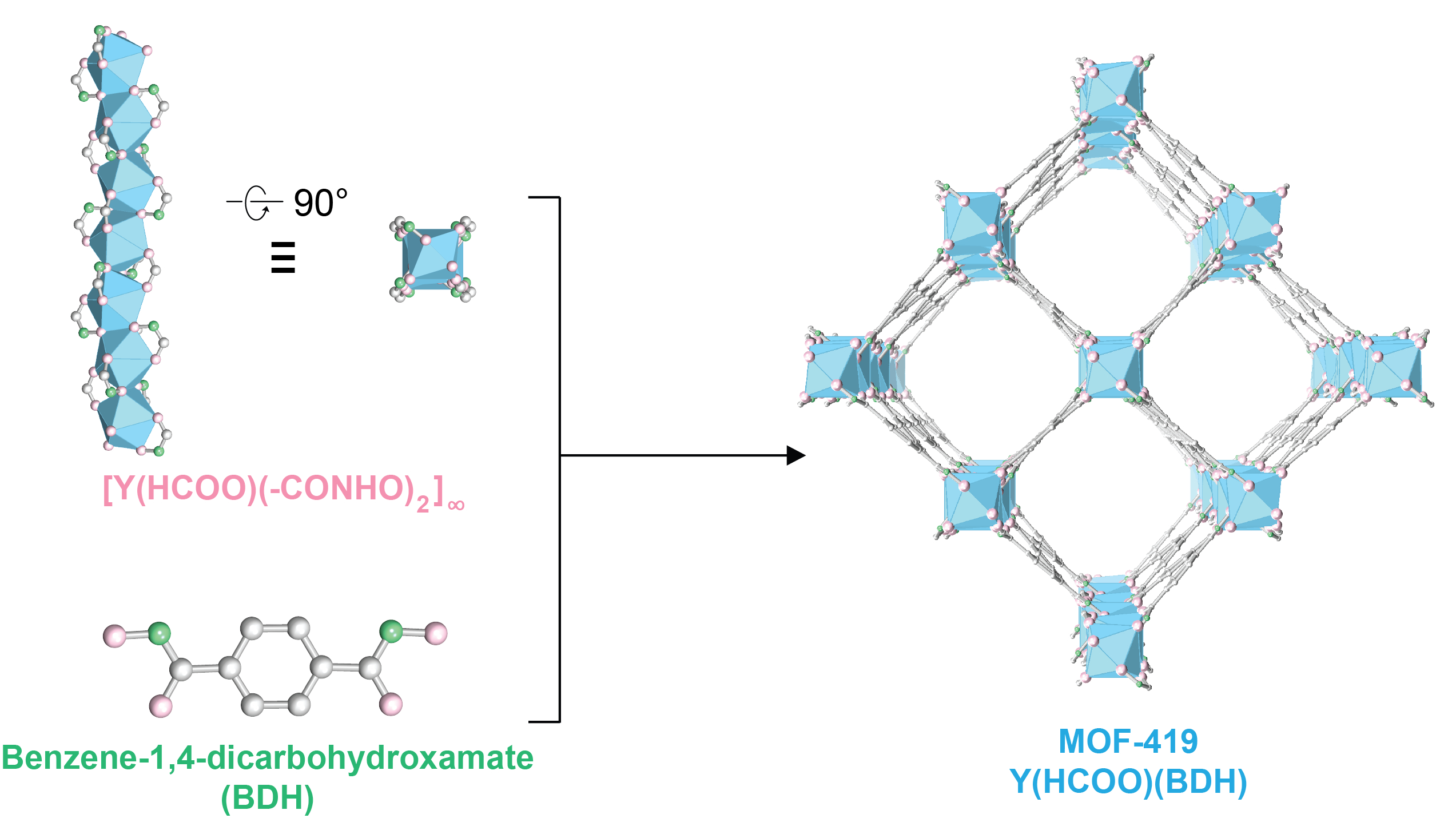3920655
Metal-organic frameworks with Rod yttrium secondary building units | Poster Board #1103
Date
August 13, 2023
Explore related products in the following collection:
Related Products
Re-imagining the solar cell architecture for diurnal durability of photoelectrodes for solar fuels production | Poster Board #1626
Unassisted, photoelectrochemical (PEC) reactions are limited by the stability of the immersed semiconductor, especially in the dark. Typically, semiconductors with band edges appropriate for solar energy conversion are not stable for aqueous fuel forming reactions (e…
Catalytic dehydration of alcohols to olefins using earth-abundant transition metal complexes of fused oxazolidine ligands: Catalysis and mechanistic study | Poster Board #1632
Dehydration of biomass-derived alcohols presents a valuable route to access various important olefins. This pathway which involves the elimination of water has various nucleophilic substitution reactions as the competing side reactions…
Rhenium bis-diimine catalysts for CO2 reduction to formate | Poster Board #1624
Catalytic CO2 reduction reactions featuring high selectivity towards formate are relatively rare…
Intermolecular interactions of a-site cations modulate stability of 2D metal-halide perovskites
Controlling the chemical properties of A-site cations in 2D metal halide perovskites (MHPs) is key to stable and efficient optoelectronic devices…



